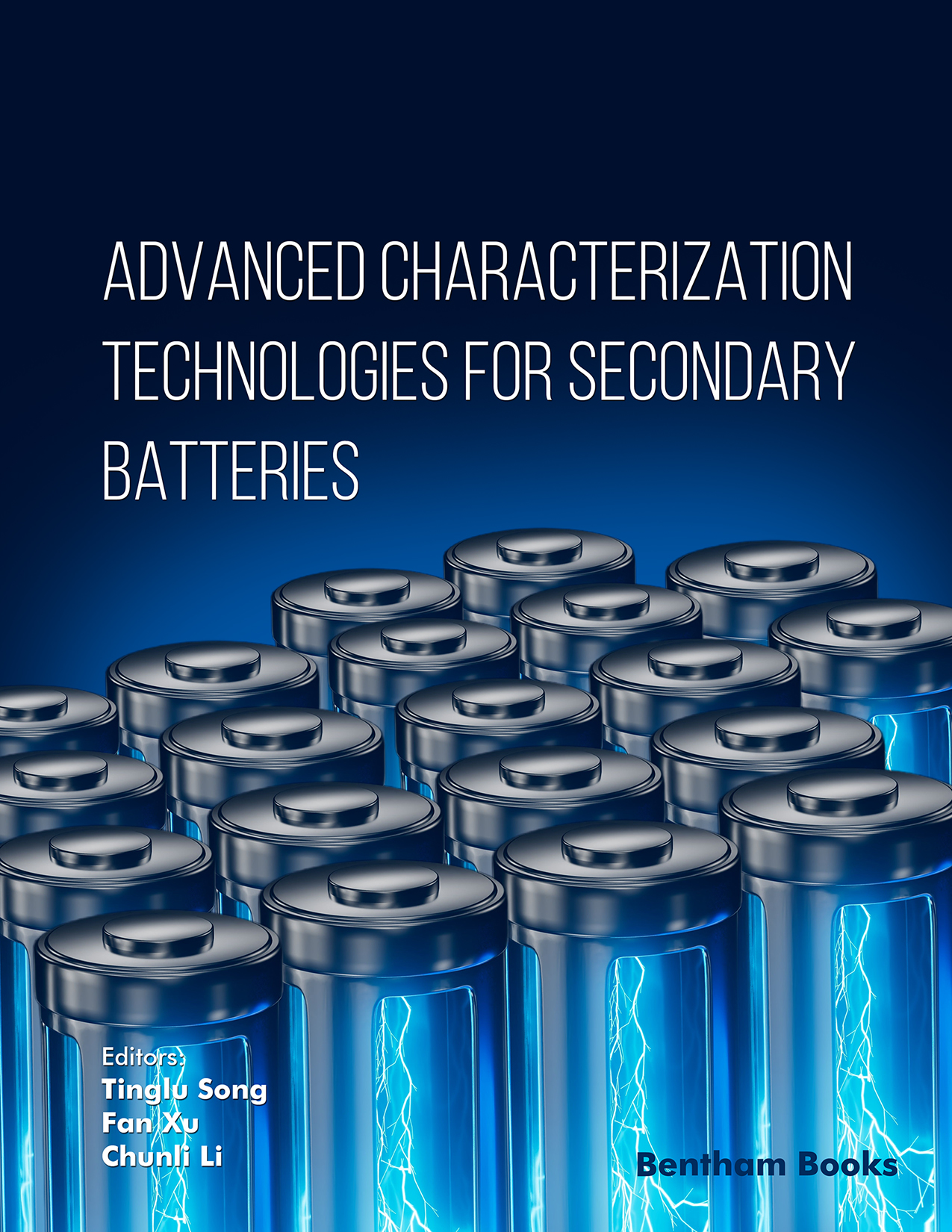Introduction
This book focuses on crucial characterization methods adopted for materials, design
and performance of secondary batteries. The book is divided into eight chapters
aiming to provide comprehensive and essential guidance on battery characterizations.
Each chapter focuses on a specific technique: electron microscopy, focused ion beam
methods, atomic force microscopy, X-ray photoelectron spectroscopy, time-of-flight
secondary ion mass spectra, neutron diffraction, synchrotron-radiation X-ray
tomography, and ultrasonic nondestructive testing.
Key Features:
- -Comprehensive coverage of characterization techniques for secondary battery technology
- -Explains the working principle, essential functions and data analysis for each technique
- - In-depth review of recent applications of secondary batteries from both material and device perspectives
- -Detailed reference list for advanced readers
This monograph is intended as a resource for the broad research community involved in
materials and device testing for batteries at academic and industrial levels. It
also serves as a reference for engineering students required to learn advanced
characterization techniques for developing rechargeable battery technology.
Readership
Students (technology and engineering), researchers and professionals (battery
technology).

